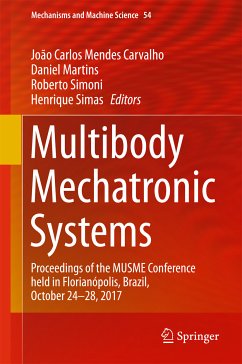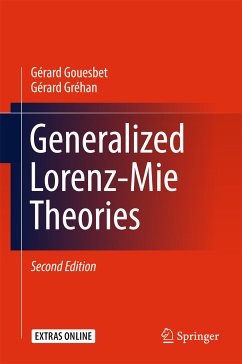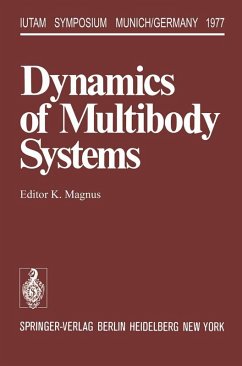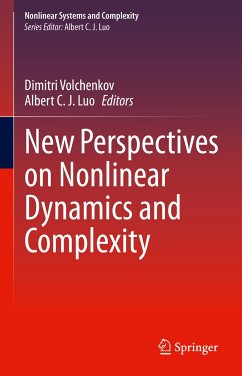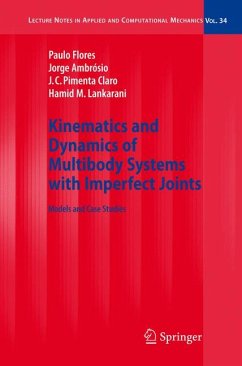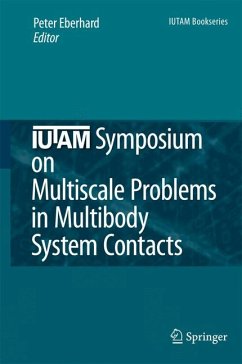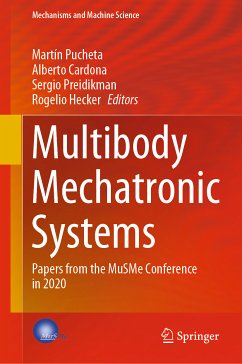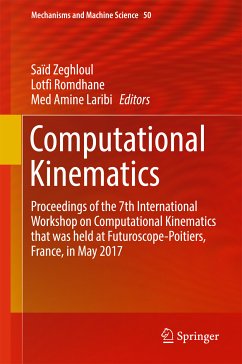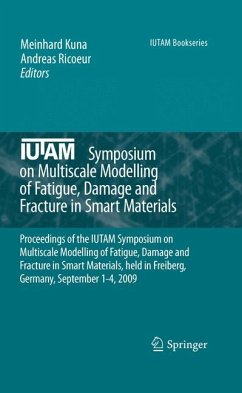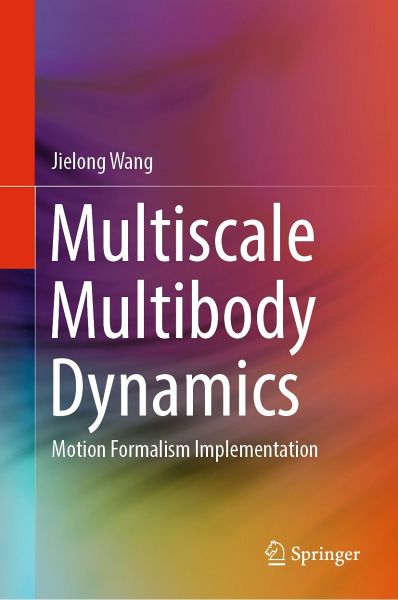
Multiscale Multibody Dynamics (eBook, PDF)
Motion Formalism Implementation
Versandkostenfrei!
Sofort per Download lieferbar
120,95 €
inkl. MwSt.
Weitere Ausgaben:

PAYBACK Punkte
60 °P sammeln!
This book presents a novel theory of multibody dynamics with distinct features, including unified continuum theory, multiscale modeling technology of multibody system, and motion formalism implementation. All these features together with the introductions of fundamental concepts of vector, dual vector, tensor, dual tensor, recursive descriptions of joints, and the higher-order implicit solvers formulate the scope of the book's content. In this book, a multibody system is defined as a set consisted of flexible and rigid bodies which are connected by any kinds of joints or constraints to achieve...
This book presents a novel theory of multibody dynamics with distinct features, including unified continuum theory, multiscale modeling technology of multibody system, and motion formalism implementation. All these features together with the introductions of fundamental concepts of vector, dual vector, tensor, dual tensor, recursive descriptions of joints, and the higher-order implicit solvers formulate the scope of the book's content. In this book, a multibody system is defined as a set consisted of flexible and rigid bodies which are connected by any kinds of joints or constraints to achieve the desired motion. Generally, the motion of multibody system includes the translation and rotation; it is more efficient to describe the motion by using the dual vector or dual tensor directly instead of defining two types of variables, the translation and rotation separately. Furthermore, this book addresses the detail of motion formalism and its finite element implementation of the solid, shell-like, and beam-like structures. It also introduces the fundamental concepts of mechanics, such as the definition of vector, dual vector, tensor, and dual tensor, briefly. Without following the Einstein summation convention, the first- and second-order tensor operations in this book are depicted by linear algebraic operation symbols of row array, column array, and two-dimensional matrix, making these operations easier to understand. In addition, for the integral of governing equations of motion, a set of ordinary differential equations for the finite element-based discrete system, the book discussed the implementation of implicit solvers in detail and introduced the well-developed RADAU IIA algorithms based on post-error estimation to make the contents of the book complete.
The intended readers of this book are senior engineers and graduate students in related engineering fields.
The intended readers of this book are senior engineers and graduate students in related engineering fields.
Dieser Download kann aus rechtlichen Gründen nur mit Rechnungsadresse in A, B, BG, CY, CZ, D, DK, EW, E, FIN, F, GR, HR, H, IRL, I, LT, L, LR, M, NL, PL, P, R, S, SLO, SK ausgeliefert werden.



